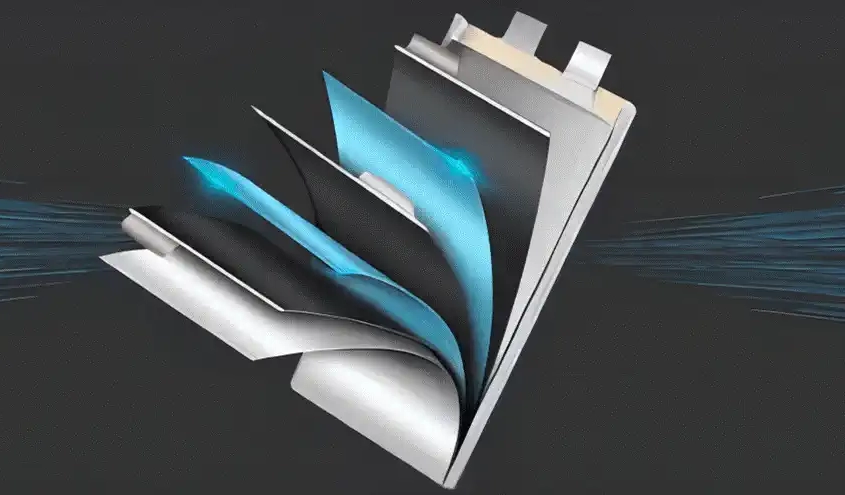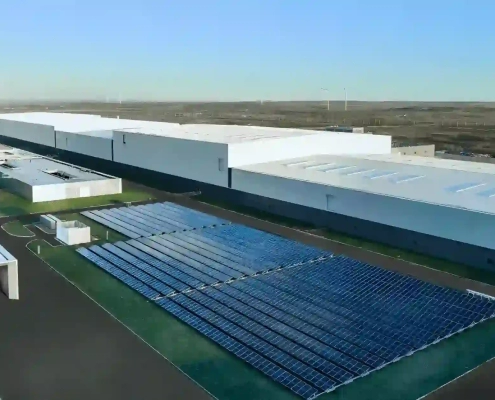Unlocking Battery Cell Stack: The Future Tech
Table of Contents
In the fast-paced world of technological advancements, the lithium battery sector has been a focal point of innovation and expansion, primarily driven by the ever-increasing demands of electronic and electric vehicle industries. With various structures and materials in play, the industry’s landscape has been dotted with multiple methodologies. Yet, amidst these, one technique has emerged as a beacon of change, setting the pace for what’s to come: the Battery Cell Stack method. As we delve deeper into the past decade of lithium battery advancements, we will discern how the Battery Cell Stack technique stands out and why it is being heralded as the future of lithium battery production.
Exploring a Decade of Lithium Battery Advancements: What’s New?
Over the past ten years, the lithium battery industry has grown rapidly with huge jumps in production. However, there haven’t been many groundbreaking advancements in lithium battery technology. When it comes to materials, we still mostly see iron phosphate and ternary systems. As for the design, square, cylindrical, and pouch designs dominate. The main challenge with lithium battery innovation is balancing several factors. These include cost, safety, energy density, the number of charge cycles, temperature performance, and even ensuring there are enough resources. Despite these challenges, the lithium battery sector has explored various new ideas in recent years. These include cobalt-free materials, high-nickel systems, solid-state designs, composite flow bodies, iron manganese phosphate, and even sodium-ion batteries that don’t rely on lithium. As for structure, innovations include shorter blades, blade designs, large 4680 cylinders, and high-speed battery cell stack methods. Given the existing mature material and structural systems, which technological direction stands out the most from an industrialization, penetration, and industry impact perspective? Which can be called the second major technological path?

Battery Cell Stack Technique: The Rising Star in Lithium Battery Production
When comparing different techniques, the battery cell stack method truly stands out. The battery cell stack technique involves stacking electrode plates and separators alternately, resulting in a multi-layered electrode core through this production process. The stacking process boasts higher energy density, a more stable internal structure, longer cycle life, and enhanced safety. It’s especially well-suited for thinner, high-capacity battery cells. On the other hand, the once-dominant winding process has several drawbacks. It has multiple bending and welding areas, a lower internal space utilization rate, and issues like uneven winding tension and deformities. These problems become even more evident when considering trends towards thinner and larger-capacity batteries. The battery cell stack technique has arrived at a “historic opportunity.” As the demand for square and blade batteries grows due to the rapid development of power and storage batteries, the advantages of the stacking process become increasingly clear in supporting and promoting these innovations. Currently, leading lithium battery companies are adopting the battery cell stack method to varying degrees, especially in large-capacity square, blade, and pouch batteries. This technique is quickly becoming the trend and, in many cases, the go-to choice. Judging by results, the battery cell stack technique’s innovation and industrial impact overshadow other recent technological advancements. Top-tier companies are rapidly adopting it, and its penetration rate keeps increasing. In the flowering landscape of lithium battery innovation, the battery cell stack method, from an industrial and penetration standpoint, has carved out a niche outside traditional winding techniques, solidifying its place as the second major technological direction in lithium batteries.
The Future of Lithium Batteries: Unpacking the Battery Cell Stack Phenomenon
The battery cell stack method is more akin to a process platform. On this platform, it can accommodate various material systems like ternary, lithium iron phosphate, solid-state batteries, and semi-solid batteries. Additionally, it’s compatible with different structural systems such as square, blade, and pouch designs. Thus, the battery cell stack technique has a robust amplifying effect on the industry. It significantly values advancing lithium battery tech and its industrial development. Particularly with blade batteries, the technique is synergistic and mutually beneficial. Without the battery cell stack method, the thin and long design of blade batteries wouldn’t shine as they do now, given the inherent limitations of winding techniques. The same principle applies to square batteries, especially the larger ones. As the energy storage industry grows and square batteries expand from the once-popular 280Ah to now over 300Ah, the battery cell stack technique supports their increasing size. For pouch batteries, the battery cell stack method is a natural perfect match, maximizing packaging advantages. This advantage becomes even clearer when combined with emerging semi-solid and solid-state batteries. The battery cell stack technique has spurred innovation in large-capacity square batteries, blade batteries, and pouch batteries. It also aids in innovating battery packs and even CTP and CTC, enabling superior system integration. Serving as a platform process, the battery cell stack method elevates lithium battery structural innovation, stimulating innovation in square batteries, blade batteries, pouch batteries, and even at the system level. It leads the next-generation lithium tech revolution with vast flexibility and profound industrial impact. In today’s homogenized lithium battery production capacity, technological innovation and differentiation are precious. The continuous iteration of the battery cell stack technique, coupled with its pronounced platform effect, has top companies rapidly adopting. With its widespread adoption in square, blade, and pouch batteries, its penetration is surging, racing from one to many.
Conclusion:
The Battery Cell Stack method, with its transformative potential, has clearly defined its eminent position in the lithium battery sector’s narrative. While the past decade has witnessed several technological shifts, the Battery Cell Stack technique has established itself not merely as another innovation but as a pivotal turning point for the industry. Its unique approach to balancing performance with design and material compatibility has set new benchmarks. As the world stands on the cusp of a battery revolution, it is evident that the Battery Cell Stack method will play a foundational role in shaping the future, offering an optimized pathway for lithium battery evolution, and ensuring that the industry’s trajectory remains ascendant.



